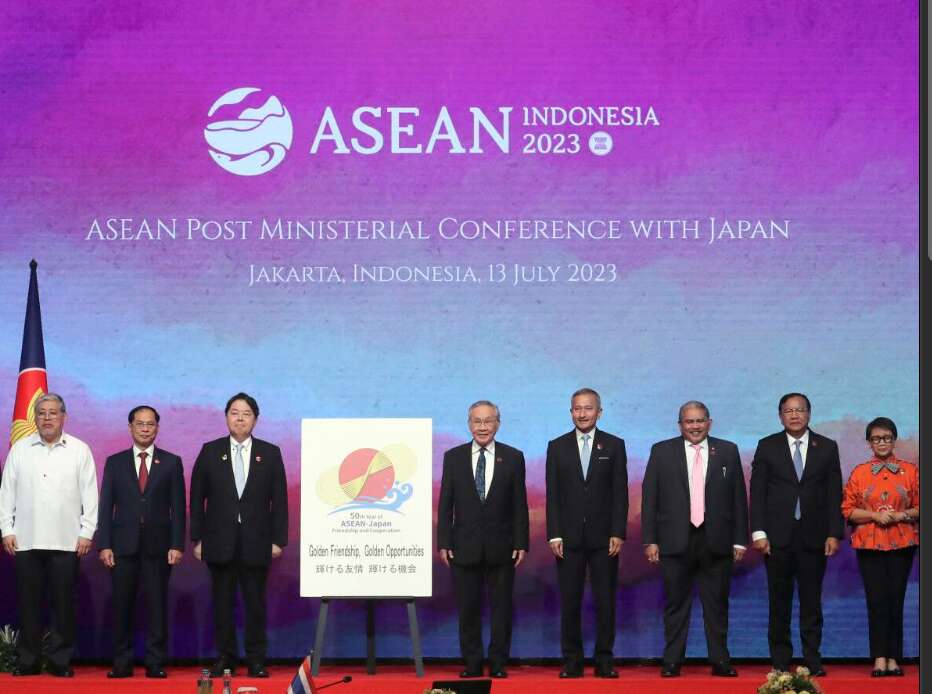ASEAN and China Agree to Nonaggression Pact
China and the Association of Southeast Asian Nations (ASEAN) have agreed to an effort to conclude a long-delayed nonaggression pact within the next three years.
China and the Association of Southeast Asian Nations (ASEAN) have agreed to an effort to conclude a long-delayed nonaggression pact within the next three years. This agreement comes in the wake of decades-long territorial disputes in the South China Sea and brings hope for peace between the two sides.
The pact is aimed at preventing the frequent spats in the busy South China Sea from turning into a major armed conflict. During a meeting between the 10-nation bloc's foreign ministers and China's top diplomat Wang Yi in the Indonesian capital of Jakarta on Thursday, guidelines were agreed upon to complete their code of conduct negotiations before fall 2026.
The South China Sea is of great importance to the involved parties as it is a key passageway for global trade and is believed to be sitting atop vast undersea deposits of oil and gas. In addition, it has become a sensitive front in the US-China rivalry in the region.
The US has no territorial claims but has said that freedom of navigation and overflight and the peaceful resolution of the disputes were in the United States' national interest. In 2002, ASEAN and China signed a nonbinding agreement that called for all parties to avoid any aggressive action that could spark armed conflicts.
Unfortunately, violations have persisted and in the last decade, China has turned seven disputed reefs into what have become missile-protected chain of islands in the Spratlys, the most hotly contested part of the South China Sea. In the face of growing tensions, ASEAN and China agreed to negotiate a code of conduct.
However, these talks were delayed due to major differences between China and rival claimant states, including the US. Chinese negotiators have proposed that the code of conduct restrict the presence and activities of foreign forces in the disputed waters, which US allies have opposed.
Fortunately, the two sides have now agreed on guidelines to complete the code of conduct negotiations before fall 2026. The guidelines call for more meetings between the two sides and the start of negotiations for the most contentious issues, including whether the regional code should be legally enforceable and its geographical scope.
This agreement between China and ASEAN represents a huge step forward in the resolution of decades-long territorial disputes and brings hope of a peaceful resolution to the South China Sea.
The two sides have agreed to work together to negotiate an effective and substantive code of conduct, in accordance with international law, including the 1982 UN Convention of the Law of the Sea. This is a positive development that will hopefully bring an end to the ongoing tensions in the region.




